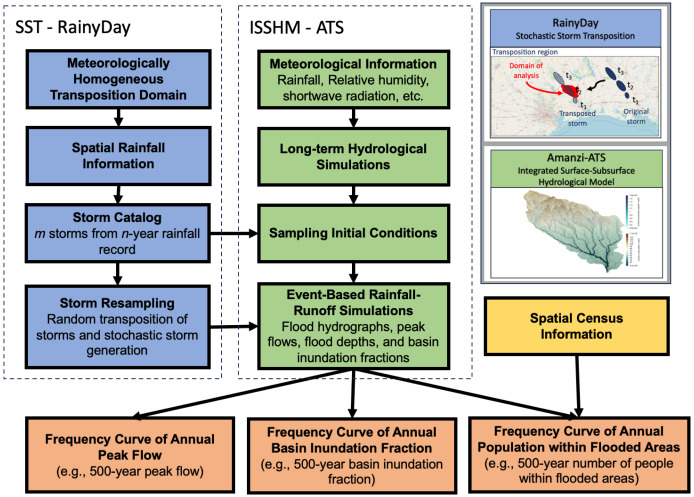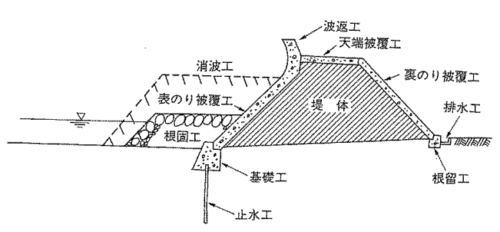2024-07-17 オークリッジ国立研究所(ORNL)
<関連情報>
- https://www.ornl.gov/news/scientists-add-human-element-long-term-flood-predictions
- https://www.sciencedirect.com/science/article/abs/pii/S0022169424010163
洪水ハザードと住民の洪水暴露を評価するためのプロセスベースの洪水頻度解析の進展 Advancing process-based flood frequency analysis for assessing flood hazard and population flood exposure
Gabriel Perez, Ethan T. Coon, Saubhagya S. Rathore, Phong V.V. Le
Journal of Hydrology Available online: 6 July 2024
DOI:https://doi.org/10.1016/j.jhydrol.2024.131620

Highlights
- An Integrated Surface-Subsurface Hydrological model is used to simulate flood events.
- Stochastic storm transposition is used for process-based Flood Frequency Analysis.
- Peak flows, flood extent, and population exposure are estimated for 5000 storm events.
- Frequency analysis is conducted at the basin scale up to the 500-year return period.
Abstract
Recent studies have showcased the use of process-based hydrological models with Stochastic Storm Transposition (SST) techniques to conduct Flood Frequency Analysis (FFA). This framework, referred hereby FFA-SST, has proved to be a robust strategy to estimate peak flows of specific annual exceedance probability (e.g., 100-year peak flow) that can reflect natural and anthropogenic disturbances, including changes in land use and meteorological patterns. With the objective of advancing the FFA-SST framework, this study presents for the first time the use of a spatially-resolved Integrated Surface-Subsurface Hydrological Model (ISSHM) to conduct FFA-SST. This allows us to extend the analysis from peak flow responses to flood extent, enabling a unique view and analysis of flood hazard and population flood exposure at the basin scale. As a proof-of-concept, we used the ISSHM, Amanzi–ATS, and the SST model, RainyDay, to conduct FFA-SST by simulating the flood response to 5000 annual synthetic storm events in a ∼2000km2 Southeast Texas watershed. We demonstrate that ATS, without site-specific calibration, provides a robust process-based representation of peak flows, flood extent, streamflow, evapotranspiration, soil moisture content, and water storage changes. Our results and analyses, covering frequency curves up to a 500-year return period for peak flows, basin inundation fractions, and the number of people exposed to flooding, offer a unique perspective to analyze flood impacts across spatial scales. Overall, this study provides critical insights for flood risk management by extending the FFA-SST framework to include both flood hazard and population flood exposure analyses at the basin scale. Such an approach will empower stakeholders and disaster emergency agencies with a more comprehensive understanding of flood impacts across the entire basin domain, facilitating informed decision-making for flood risk assessment and management.




